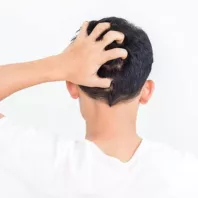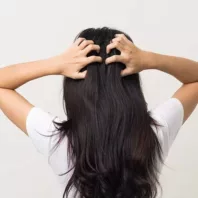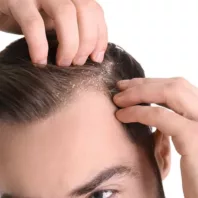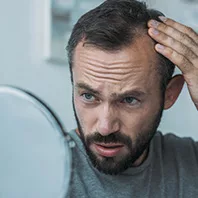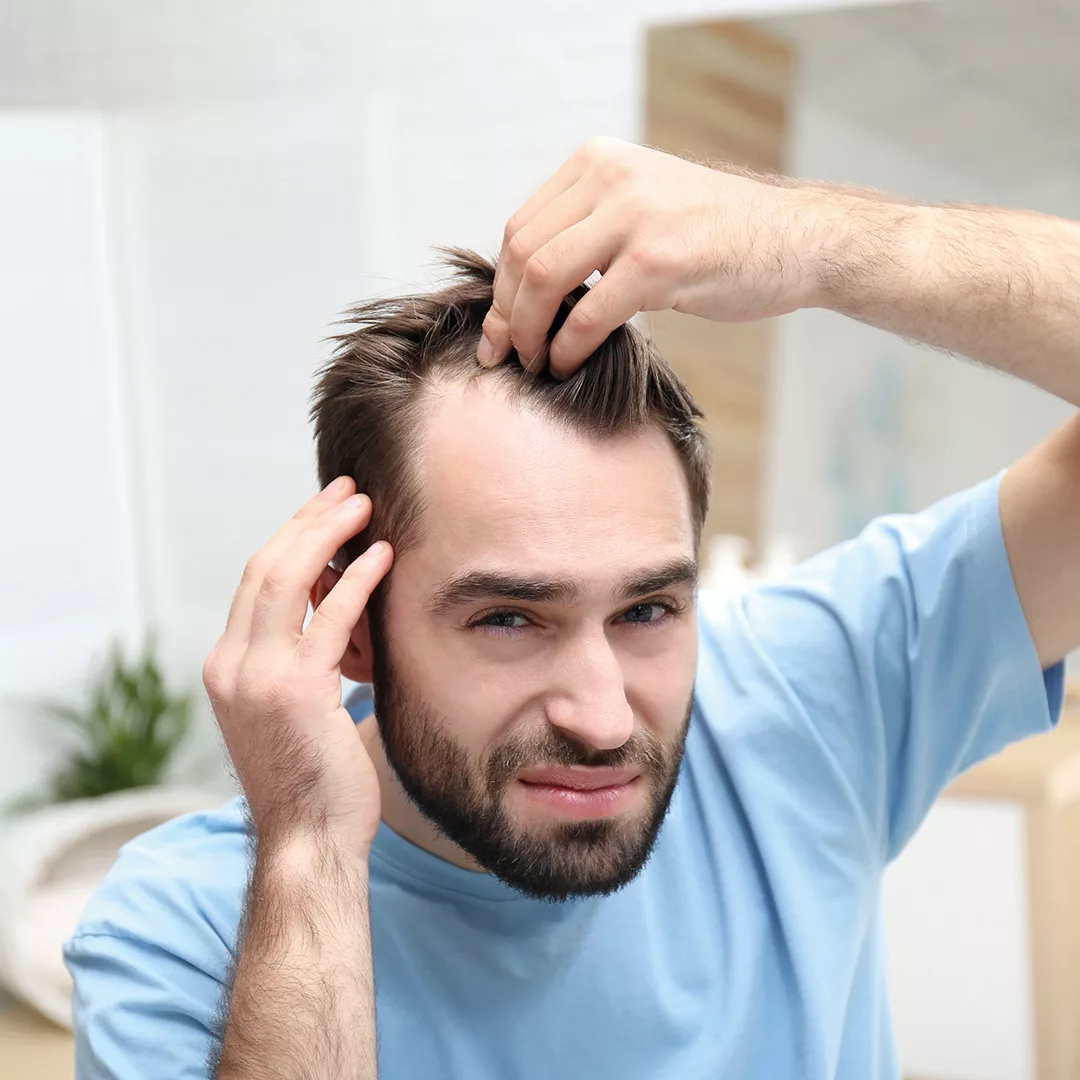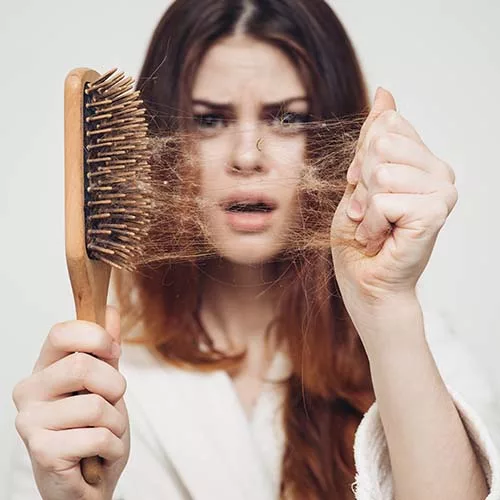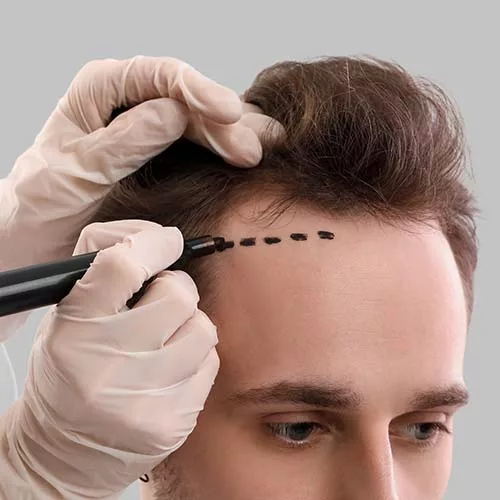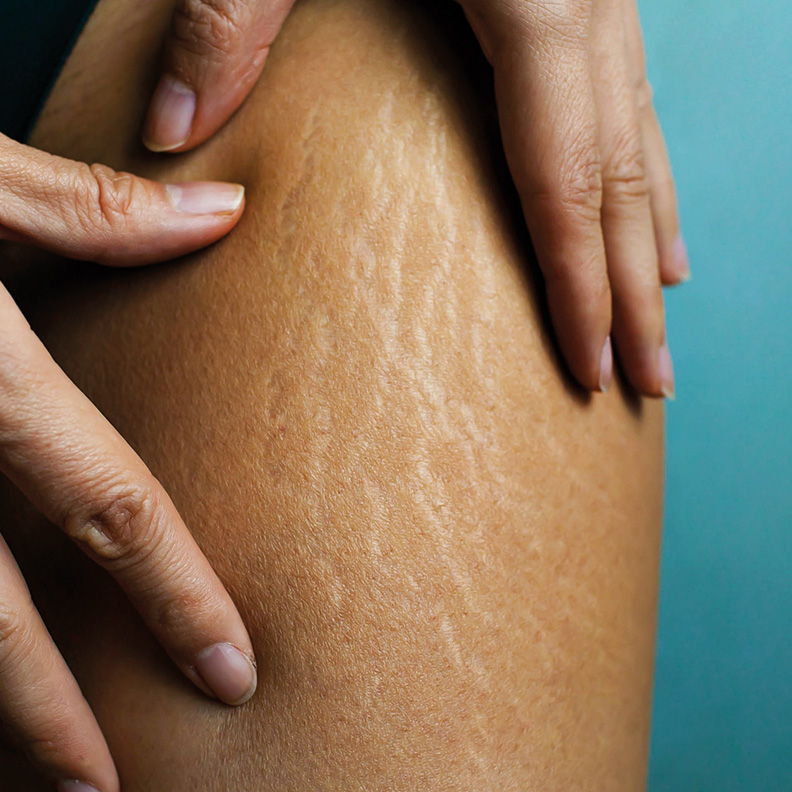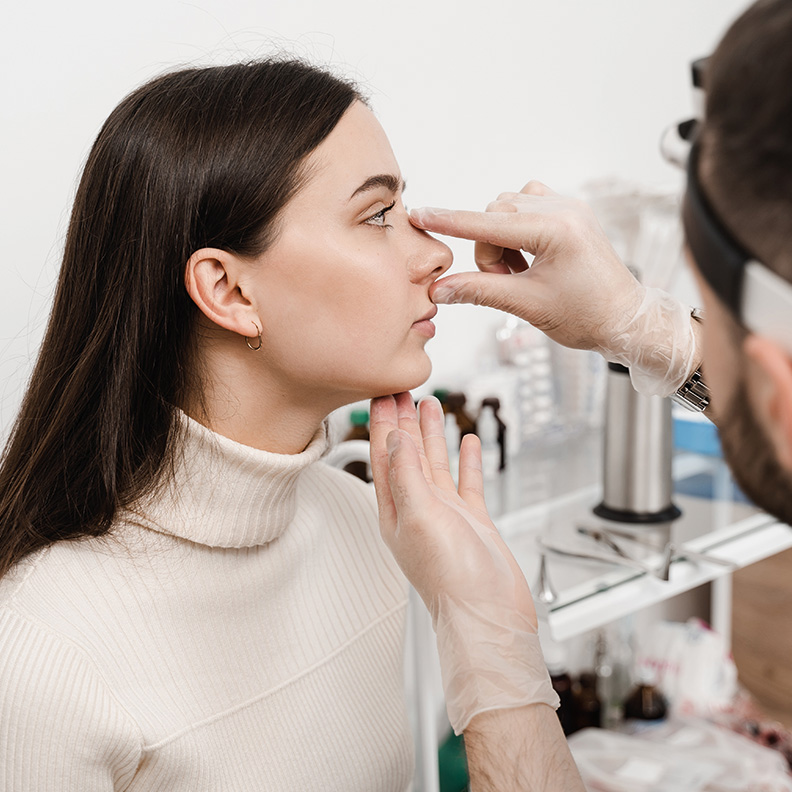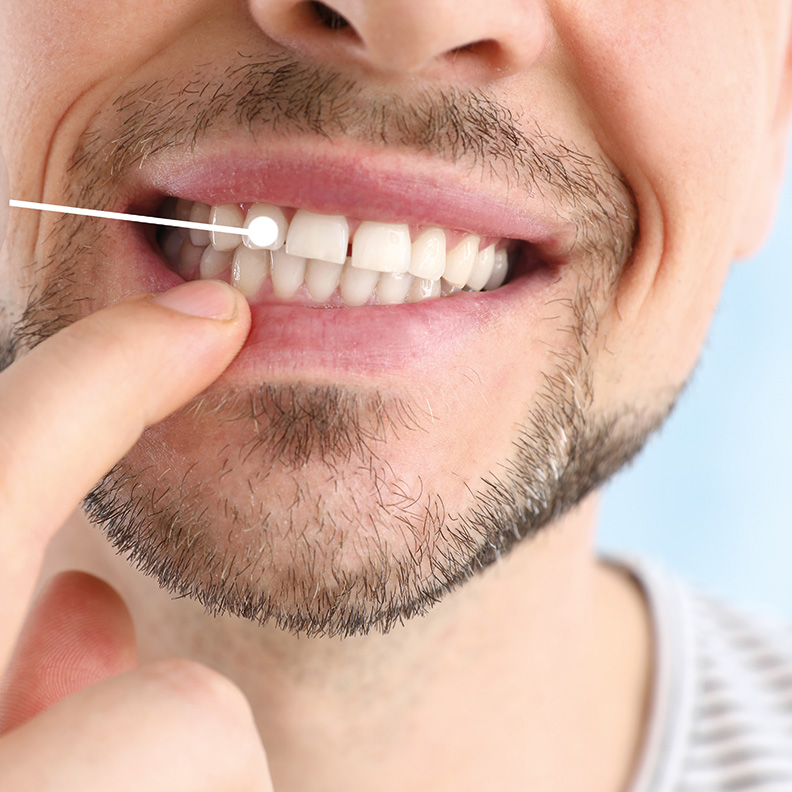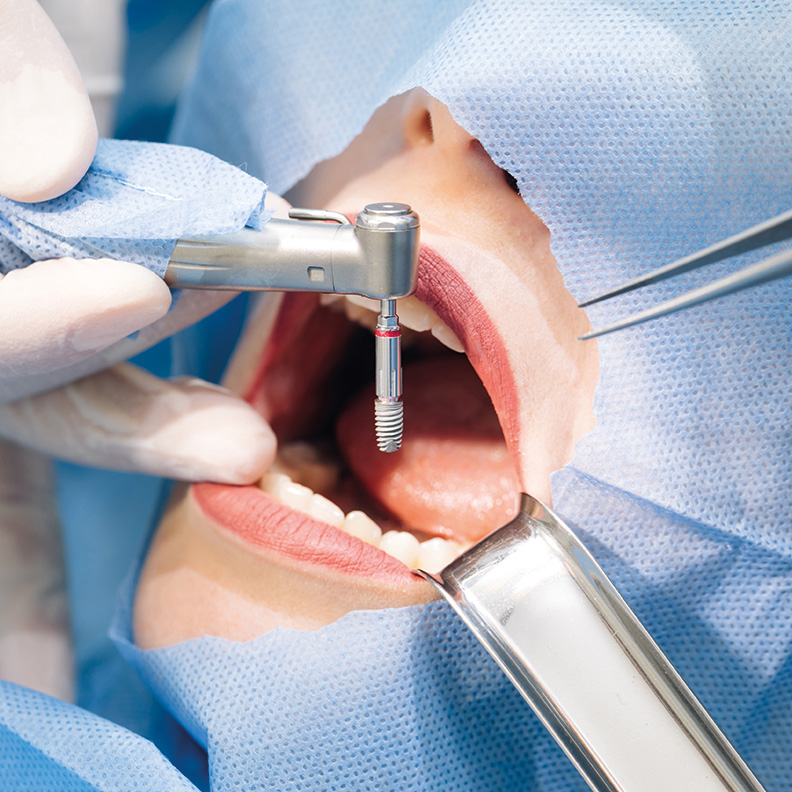Scalp Fungus And Hair Loss
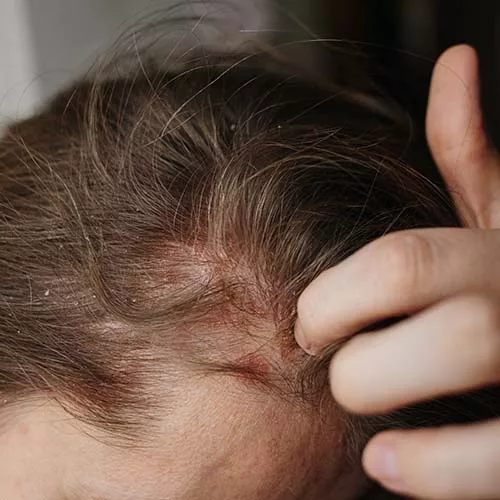
If your hair suddenly falls out in circles, or if your scalp turns red and flaky and there is severe itching, you may have a form of fungus that develops on the scalp. If you have scalp fungus hair loss, a visit to the dermatologist for medical advice is advisable.
All these skin conditions could be an indication of a so-called scalp fungus. Children are often affected, but adults can also suffer from a fungal disease that affects the scalp. This is because skin fungi in particular feel extremely comfortable in the warm and humid conditions which can occur under the hair.
The fungus tinea capitis is often responsible for fungal diseases of the scalp. This disease is also called ringworm of the scalp. This highly contagious fungus is transmitted from person to person, either directly or indirectly via contaminated objects.
A weakened immune system, injuries to the scalp, or bacterial infections, can also cause the fungus to colonise more quickly.
Another scalp fungus that is relatively common is microsporum canis, which can be transmitted by dogs and cats, but also by guinea pigs.
A fungal disease of the scalp must be treated medically because a skin fungus does not heal on its own. Rather, the opposite can be the case. All these types of fungus can result in hair loss. Usually this is first notable as patches of hair loss where the infection is concentrated.
The fungus can continue to spread and, in the worst case, can even enter the bloodstream. From there, it could also infect internal organs.
Furthermore, scalp fungus is highly contagious. It is therefore possible to infect family members or friends with the fungus completely unintentionally. Skin fungi thrive excellently in the warm, moist climate of the scalp and feed on microscopic skin flakes that abound there.
Scalp fungus is a medical condition. A visit to the doctor, in this case a dermatologist, is therefore absolutely necessary!
Don’t worry: a fungal skin infection is not a sign of poor hygiene!
Transmission prevention of scalp fungus and hair loss
Combs, hairbrushes, towels, razors should not be shared.
Neither should bed linen, caps, scarves, etc.
Combs, scissors, towels, razors, etc. should be disinfected regularly after the start of treatment. Bed linen must be boil-washed if possible. Toys and cuddly toys must also be regularly disinfected or – if possible – washed at high temperatures.
In addition, all the above-mentioned items should best be stored separately, and surfaces should also be disinfected regularly – fungi are, after all, very stubborn.
The affected person should avoid close contact with pets during the infection.
Visits to the hairdresser should be avoided during this time until the fungus has completely gone.
In addition, the hair should be blow-dried dry after every wash. Fungi like moist climates and thrive in them.
If it is microsporum canis, the pets should be examined by a vet immediately. Baskets, blankets, etc. should be disinfected or discarded and replaced with new ones.
Other types of fungus that can infect the scalp
Most infections with skin fungi are caused by the so-called dermatophytes, which are a specific fungal infection of the skin. Tinea capitis and microsporum canis are examples of this type of fungus.
However, yeast fungi can also infect the scalp and thus lead to hair loss.
The genus malassezia belongs to the yeast fungi, which in fact occurs naturally on healthy skin, including the scalp. However, it can happen that these yeasts suddenly multiply uncontrollably due to certain circumstances, for example in the presence of a weakened immune system.
Typical symptoms of this are:
Yellowish greasy dandruff
Itchy patches that are usually reddish-brown in colour
Increased hair loss
Malassezia is one of the triggers of the so-called seborrheic dermatitis, a skin rash that can appear on the head or face.
Another type of head fungi is trichosporon. With this fungus, small nodules form near the hair follicles. In particularly severe cases, the hair shaft can break off, which in turn leads to increased hair loss.
No matter which fungus you are infected with – scalp fungus hair loss definitely belongs in the hands of a competent doctor in the field!
Scalp fungus hair loss – symptoms and treatment
A fungal infection of the scalp causes severe itching. This is accompanied by a scaly and reddened scalp. In the further course, round, bald patches develop.
After taking the patient’s medical history, the dermatologist will take a skin and hair sample. Based on these samples, a culture is prepared in the laboratory to determine which fungus is responsible for the infection.
If this is clearly identified, anti-fungal antimycotics are used in most cases. As a rule, these are medicines that are taken orally. Mostly, antimycotics are prescribed in combination with special shampoos and tinctures that are to be applied to the affected areas. Treatment takes place over a period of at least three months until complete healing.
Accompanying this, certain home remedies can also be used, such as some apple cider vinegar, turmeric, or garlic, which support healing.
However, treatment with home remedies alone is not enough to fight the fungus successfully and sustainably.
Will the hair loss grow back?
The good news at this point is: scalp fungal infections only cause temporary hair loss. In most cases, hair growth will resume after a fungal infection has been overcome.
If they do not, it may be that the hair loss caused by the fungus has simply uncovered pre-existing hair loss problems such as genetic hair loss. A hair transplant may be the solution to fill in the remaining bald spots.
However, the basic prerequisite for such an operation is that the skin fungus has been completely cured, and that a qualified hair doctor deems it helpful.
If you have any questions about hair transplants and scalp fungus, TURKEYANA. Get a free, no-commitment hair consultation today.
Latest News

















